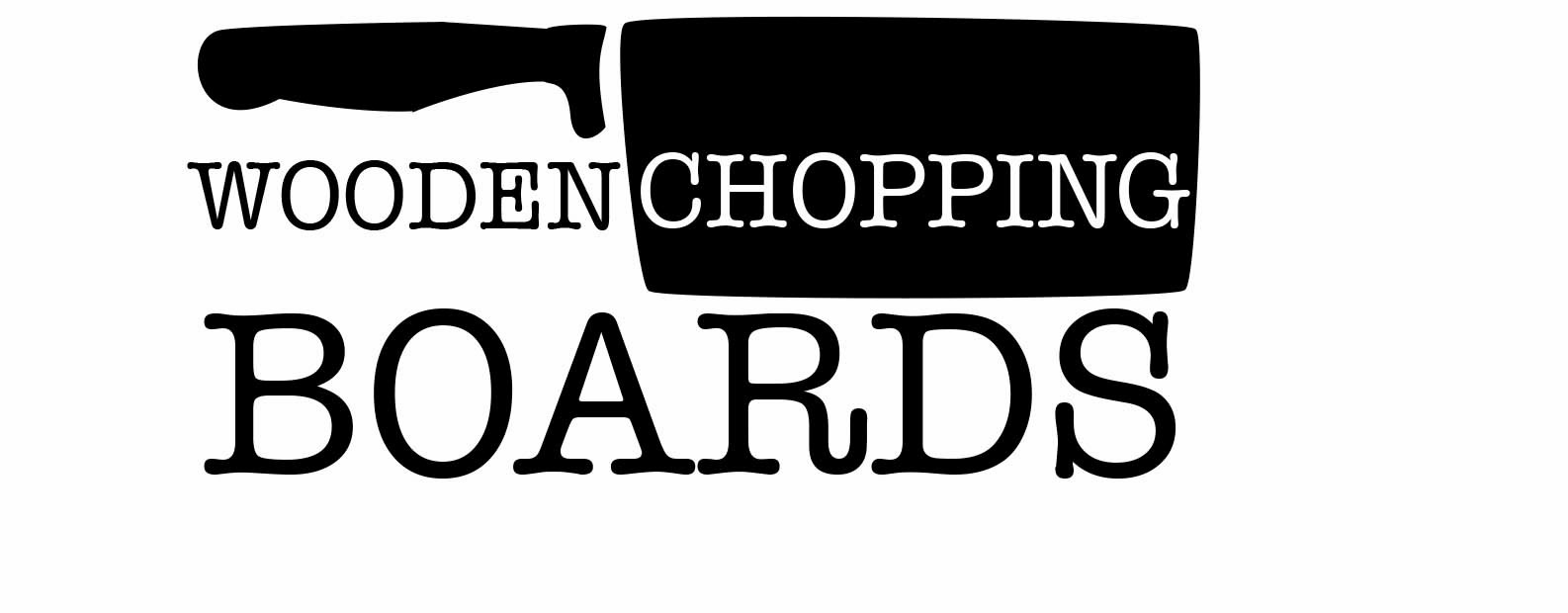How to Maintain and Care for Your Wooden Chopping Boards
A high-quality wooden chopping board is an essential tool for every Australian kitchen and it needs to be a combination of durability, functionality, and timeless beauty. Whether it’s handcrafted from Camphor Laurel or Australian Hardwood, your chopping board is more than just a cutting surface. To ensure it remains in top condition for years to come, proper care and maintenance are crucial.
Here’s your comprehensive guide on how to maintain and care for your wooden chopping boards, keeping them hygienic, durable, and beautiful for years to come.
1. Keep your Board Clean
Your cleaning process can significantly impact the life of your wooden chopping board. Unlike plastic or glass boards, wooden chopping boards require a gentle cleaning approach to preserve their natural integrity.
The simplest way to clean the board is by rinsing your board with warm water and mild dish soap after every use. You should avoid using harsh detergents, as they can strip the wood of its natural oils. Additionally, never submerge your board in water, as prolonged exposure to moisture can cause warping or splitting. Lastly, be sure to pat the board dry with a clean towel and let it air dry standing upright.
With proper cleaning, your wooden chopping board will remain hygienic and free from stains or lingering food particles.
2. Oil Regularly
Oiling is one of the most important steps in maintaining your wooden chopping board. It prevents the wood from drying out and cracking while enhancing its natural grain and color. For newly purchased boards, you can oil them weekly for the first few weeks, and after that continue oiling the board once a month.
Use food-safe mineral oil, beeswax, and avoid cooking oils like olive or vegetable oil, as they can go rancid and leave unpleasant odors.
3. Deodorize
With continued use, your wooden chopping board may develop strong odors or stains from cutting foods like garlic, onions, or beets. To refresh the board, you should regularly clean and deodorize your board.
To deodorize, you can sprinkle salt over the board’s surface, slice a lemon in half, rub it over the salt, allowing the juices to lift stains and neutralize odors. Once done, rise the board with warm water and let it dry.
To get rid of tough stains, use a paste of baking soda and water. Just apply it on the stain, let it sit for a few minutes, then scrub it gently and rinse clean.
4. Avoid Extreme Conditions
Wood is a natural material and it reacts to changes in temperature and humidity, so protecting your chopping board from extreme conditions is essential. You should avoid keeping your board in the direct sunlight, near stovetops, or in dishwashers. These can result in warps or cracks in your wooden chopping board.
It is ideal to always store your board vertically in a well-ventilated area to prevent moisture buildup. This also ensures even airflow to maintain its shape.
5. Refresh the Surface
After years of use, even the most durable chopping boards may show signs of wear. In this case, you can refresh your board with light sanding and bring it to its original state. After sanding, apply a generous coat of food-safe mineral oil or beeswax to restore the board’s smooth surface.
By following these steps, you’re not only protecting your wooden chopping board but also contributing to sustainable living by reducing waste. At Byron Bay Chopping Board, we’re passionate about creating chopping boards that are built to last. Explore our collection today and discover why a well-cared-for Byron Bay chopping board is an indispensable tool for every Australian kitchen.
